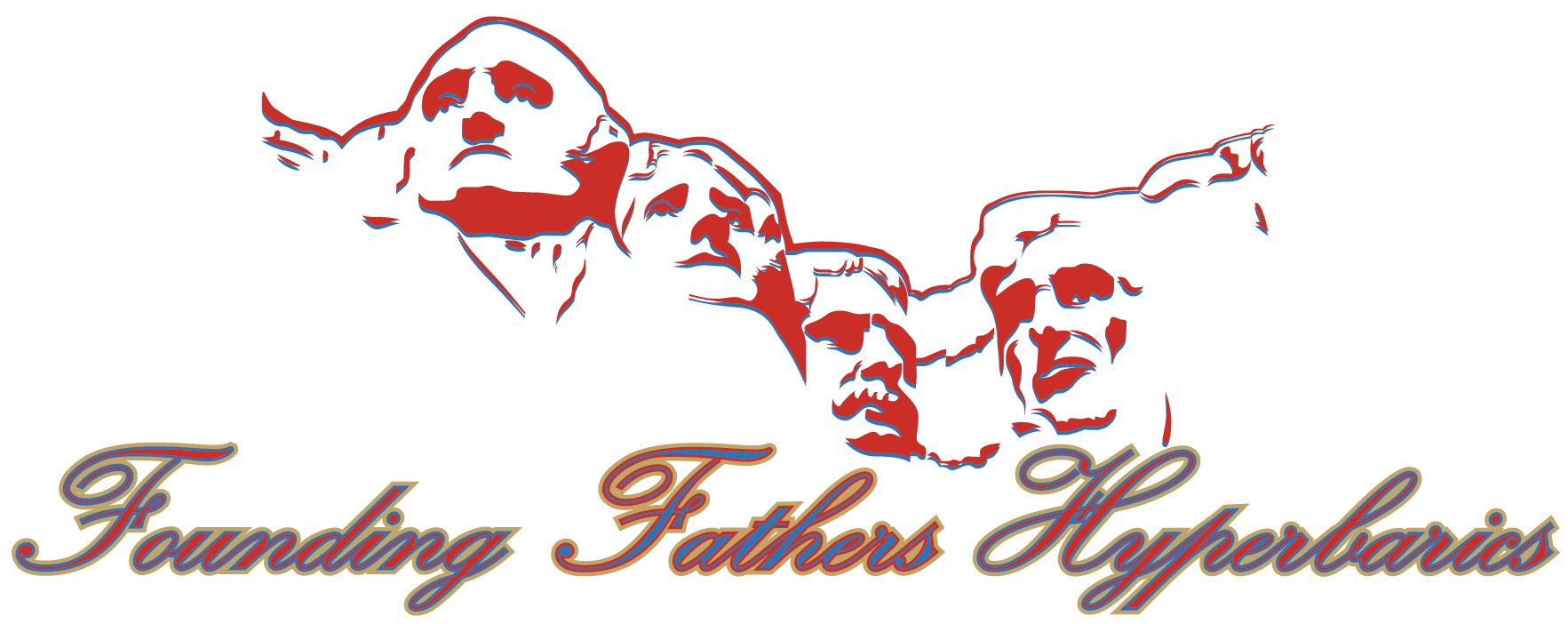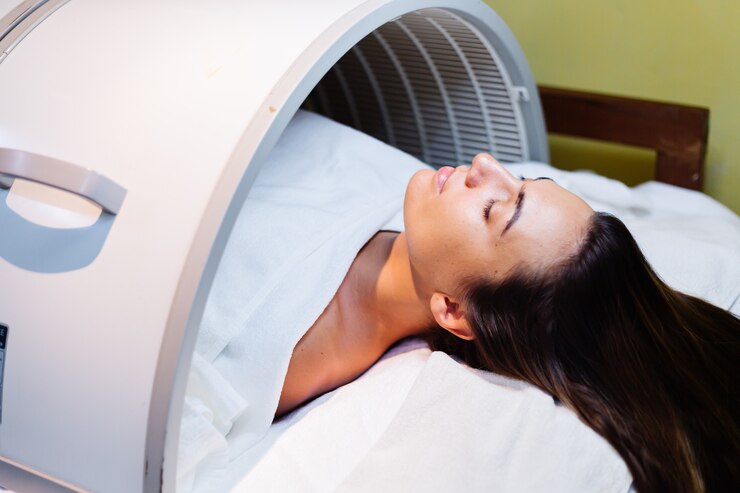Hyperbaric Oxygen Therapy, or HBOT, is a unique medical treatment where individuals breathe pure oxygen in a pressurized setting. Think of it as stepping into a chamber where the air pressure is higher than normal, allowing the body to absorb more oxygen. This extra oxygen reaches areas that might be struggling to get enough, helping them heal faster. From wounds that won’t heal to serious conditions like carbon monoxide poisoning, the applications of HBOT are vast. But today, let’s focus on how HBOT specifically helps those recovering from a stroke.
Strokes can disrupt life in unexpected ways, impacting mobility, speech, and even thought processes. While traditional treatments like medication and therapy are key players in recovery, HBOT adds an exciting dimension to the approach. By enhancing oxygen levels in the body, HBOT supports the brain’s natural healing abilities. This means faster recovery times and improved outcomes, offering hope to those on the mend from a stroke.
How HBOT Aids Brain Recovery After a Stroke
When a stroke occurs, parts of the brain are deprived of essential oxygen, leading to cell damage. This is where HBOT comes into play as a powerful ally. Imagine a garden that just experienced a drought. By supplying water, the plants are rejuvenated. Similarly, increasing oxygen levels through HBOT revives brain cells, aiding their recovery. The pressurized oxygen environment encourages these cells to repair themselves more effectively.
Here’s how HBOT benefits the brain after a stroke:
- Improved Oxygen Supply: HBOT allows the blood to carry more oxygen, reaching even the tiniest blood vessels in the brain that may need a boost.
- Enhanced Brain Plasticity: The therapy supports brain plasticity, which is the ability of the brain to reorganize itself by forming new neural connections. This is crucial for regaining lost skills or functions.
- Accelerated Repair Processes: By providing the brain with additional oxygen, HBOT accelerates natural repair processes, reducing the time needed for recovery.
It’s a straightforward yet effective process. HBOT essentially makes the brain’s environment more favorable for healing, allowing patients to gain back what was lost during a stroke more swiftly. As more people turn to HBOT for stroke recovery, this therapy stands out for providing measurable benefits, offering renewed optimism for improved life after a stroke.
Improving Physical Rehabilitation with HBOT
Recovering from a stroke usually involves significant physical therapy, which can be a long and challenging road. For many, incorporating HBOT into their recovery plan can make a noticeable difference. By enhancing the body’s ability to heal itself, this therapy supports the overall rehabilitation process in various ways.
First, HBOT helps to improve motor function. When the body receives a steady flow of oxygen, it better supports muscle repair and strength training. This results in patients experiencing improved balance and coordination over time. The pressurized oxygen assists muscles in regaining their strength and function, making it easier to relearn movements affected by the stroke.
Another advantage of HBOT is the reduction of muscle spasticity. Spasticity causes the muscles to remain contracted and tense, making movements stiff and awkward. By reducing inflammation and improving muscle flexibility, HBOT allows patients to experience more natural movements. This makes daily activities more manageable, giving individuals greater freedom and independence.
Reducing Stroke-Related Complications Using HBOT
Strokes often leave individuals vulnerable to additional complications, which can inhibit recovery. HBOT steps in to help reduce these secondary issues, making the path to wellness clearer. One significant benefit is how HBOT lessens inflammation throughout the body. Elevated oxygen levels help calm inflamed tissues, promoting a more stable healing environment.
Additionally, HBOT can significantly decrease edema, the swelling that results from fluid buildup in tissues. This is particularly important in stroke recovery, as swelling can press on the brain and worsen symptoms. By reducing edema, HBOT supports a healthier environment for the brain and helps prevent further tissue damage.
Let’s not forget about HBOT’s role in improving circulation. Better blood flow means nutrients and oxygen can reach damaged tissues more effectively, expediting recovery and minimizing the chances of complications. Altogether, these factors make HBOT a valuable part of reducing risks and supporting a more thorough recovery.
Enhancing Quality of Life for Stroke Survivors
The ultimate goal of any stroke recovery plan is to restore as much quality of life as possible. HBOT contributes significantly to this aim by bolstering cognitive function. With increased oxygen supply, brain cells receive the necessary support to repair and generate new neural pathways, improving memory, attention, and communication skills.
Mental health can see benefits, too. As patients regain cognitive and physical abilities, their confidence and well-being naturally rise. By enhancing both body and mind, HBOT helps to build a more positive outlook on life, turning challenges into opportunities for growth.
Overall, HBOT’s ability to uplift both the physical and mental state of stroke survivors cannot be underestimated. It provides a comprehensive approach to healing that extends beyond just physical recovery, aiming for a state where individuals truly thrive beyond their stroke experiences.
Path to Better Recovery
Summing it up, HBOT holds potential for those recovering from strokes by supporting both brain and body healing. Its effects range from boosting physical rehabilitation to improving mental outlook, making everyday living more manageable. For anyone tackling the long road of stroke recovery, considering HBOT might offer the extra support needed to regain what’s been lost.
If you’re considering options for stroke recovery, exploring how Hyperbaric O2 Treatment can support healing may be beneficial. At Founding Fathers Hyperbarics, we are committed to providing therapies that enhance recovery and improve overall well-being.

